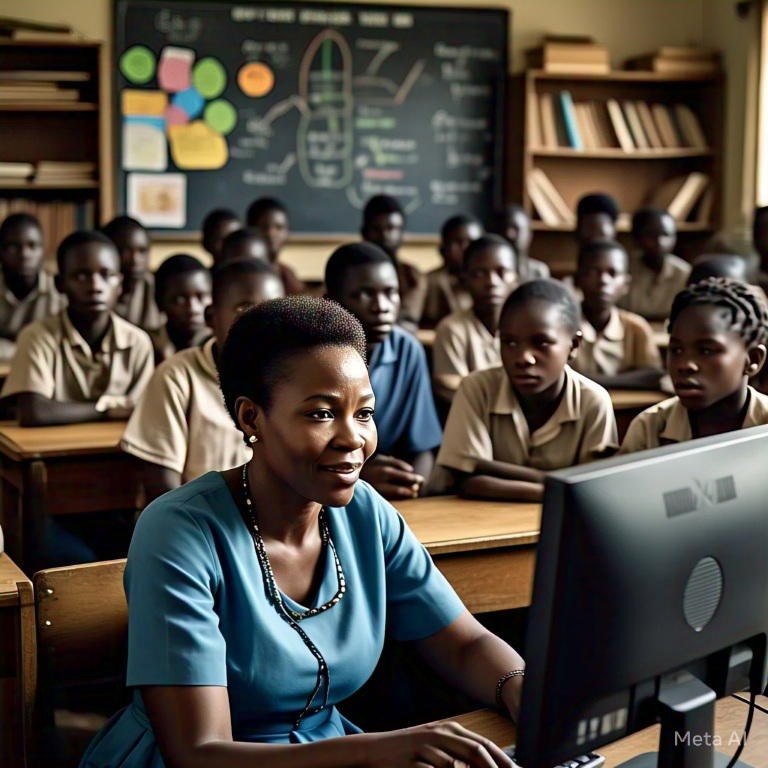The Global Partnership for Education, GPE, hosted by the World Bank, has said 118 million girls are out of school worldwide and that limited education opportunities for girls amounts to about $30 trillion loss in lifetime productivity and earnings. The GPE stated this in a report titled: Why invest in girls’ education. In the report, it …

